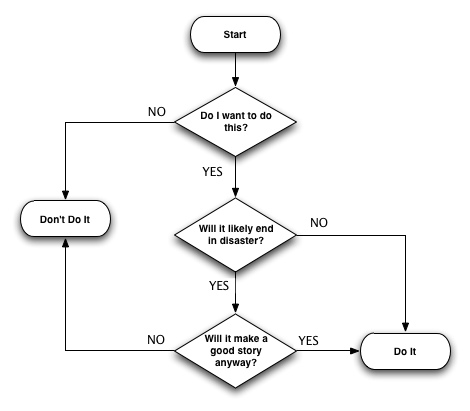 Sometimes project stakeholders I work for or with aren’t familiar with the role or the value of the business analyst. I’ve posted about Karl Wiegers’ Bills of Rights previously, and think those are a great way to introduce the role to a new business stakeholder who may not be familiar with the types of value a BA can provide, and what he/she should do to help the process along.
Sometimes project stakeholders I work for or with aren’t familiar with the role or the value of the business analyst. I’ve posted about Karl Wiegers’ Bills of Rights previously, and think those are a great way to introduce the role to a new business stakeholder who may not be familiar with the types of value a BA can provide, and what he/she should do to help the process along.
A few days back, while waiting for a meeting to begin, I jotted down a few quick ideas of my own that I thought I might share with stakeholders with whom I hadn’t previously worked if questions arose over what help and services I can provide by fulfilling my role as a BA.
I didn’t put a great deal of time into this list, and it is by no means conclusive, but I thought I’d share in case it may be of value to someone.
As a business analyst, I can help you:
- Develop your business case, and determine whether your business case is viable and warrants investment of company resources.
- Distinguish a business problem’s symptoms from its root cause, and help you discover the true root cause.
- Ensure that all of the key questions have been asked, and their responses documented.
- Ensure that issues are captured, resolved, and their resolutions documented.
- Provide you with the honest perspective of a disinterested “third party” who is beholden to no particular business unit or stakeholder.
- Make sure that the right decision makers are involved in the project and have an opportunity to provide input.
- Identify all the systems, processes and users that are impacted by the business problem, and/or the solution.
- Ensure that the system/process users’ interests are known and communicated to other project stakeholders.
- Fill in gaps in your current-state process documentation. You need to understand how things work today if you’re goal is to fix today’s problem.
- Understand the solution options that are available, and help you and the other project stakeholders prioritize those options based on their merits, and eventually select the best option.
- Feel confident that those who will implement the solution understand what is required of them and of the systems or processes under their purview.
- Provide you with quality specifications and process documentation that will serve as a valuable reference regarding decisions made and solutions implemented.
As I said, this is a quick-hit list. Some of the items are rather specific, others could be decomposed into numerous other sub-items. What items might you add? Are there items included here that you think fall outside of the normal responsibilities of a business analyst?





Nice list. Have you thought about how you culd use itto sell youself as a BA/Consultant into areas that aren’t currently using your/your team’s services?
Hi Jonathan,
Great post! Since I manage a team of systems analysts one of the greatest roles that my team fulfills on a daily basis is the ability to quickly tell you what the system is supposed to do.
How can we do that for a very large system? It’s because we maintain “live” specs.
Developers come back to us to ask how the system should work and so does the QA team for clarifications on creating the test cases.
The Product Managers come to us when new features are requested because we can do impact analysis of the requested change without having to dig through multiple layers of code.
Adrian
Jonathan,
An excellent list and very comprehensive. The only thing that I can add (which is already touched on in a number or your items) is that a good BA acts as a “translator”. The BA understands both the business and the technical aspects and can help both sides communicate.
Mike
Where does creating use cases, and identifying actors fit in to the Business Analyst Role?
Luke,
Thanks for commenting!
Use cases analysis is a technique for specifying requirements and doing stakeholder analysis. There are probably a few more I could outline, but two of the bullets above that I think pertain what you’re talking about are the following: – Identify all the systems, processes and users that are impacted by the business problem, and/or the solution.- Provide quality specifications and process documentation that will serve as a valuable reference regarding decisions made and solutions implemented.